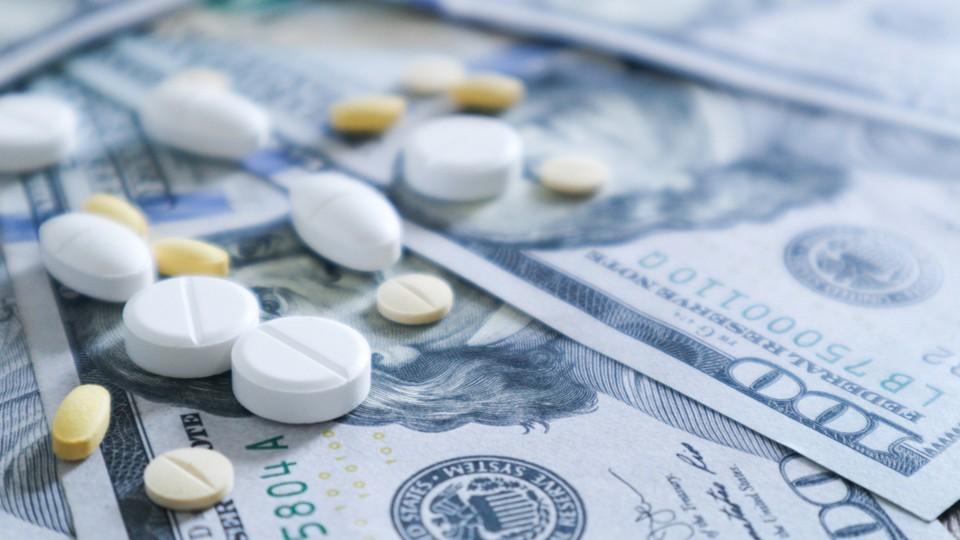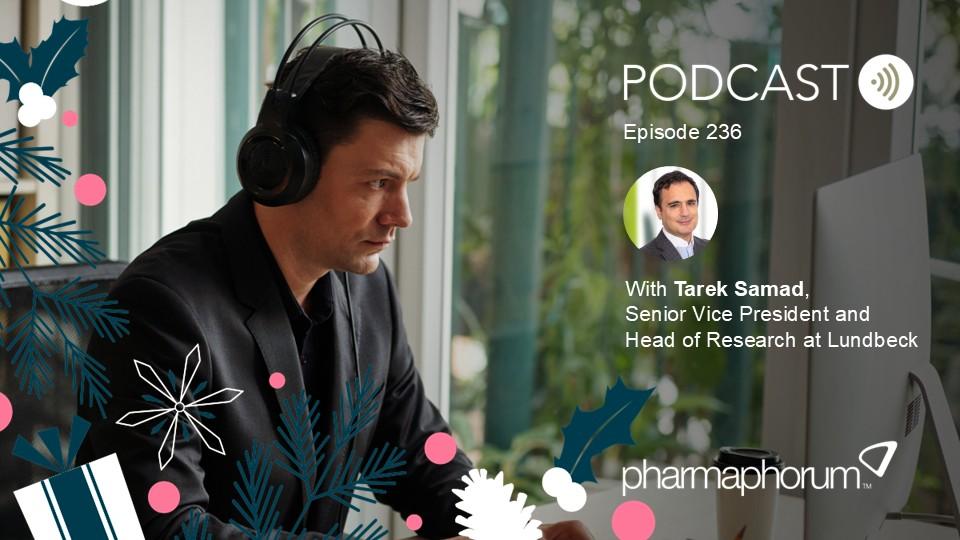FDA promotes faster digital health regulation

The FDA has published new guidance to help encourage development of digital health technologies.
Digital Health was one subject tackled by the 21st Century Cures Act, which was signed last year and aims to boost efforts to develop cutting-edge medicines and therapies.
Following publication of a digital health action plan based on the new legislation, the FDA has already hired new digital health experts and launched a digital health software pre-certification programme to streamline the regulatory process.
[caption id="attachment_25825" align="alignnone" width="269"] Scott Gottlieb[/caption]
Scott Gottlieb[/caption]
FDA commissioner Scott Gottlieb has now followed this up with two draft guidance documents and one piece of final guidance to clarify other areas of digital health affected by the act.
In a statement, Gottlieb commented:
"We know that consumers and health care providers are increasingly embracing digital health technologies to inform everyday decisions. From fitness trackers to mobile applications tracking insulin administration, these digital tools can provide consumers with a wealth of valuable health information."
He added that clinical evidence is showing that consumers who are better informed about health make better decisions and health choices, and often experience better outcomes.
"Our approach to regulating these novel, swiftly evolving products must foster, not inhibit, innovation. Moreover, we must always lean in the direction of enhancing access to more information – not restricting information flow – given the ability of reliable information to positively impact daily life," he added.
The first draft guidance, “Clinical and Patient Decision Support Software,” outlines the FDA’s approach to clinical decision support software (CDS).
This technology could help providers and patients make use of digital tools to improve decision making in areas such as diagnosis.
The guidance clarifies what types of CDS would no longer be defined as a medical device, and would not be regulated by the agency.
The FDA will continue to regulate software intended to process analyse medical images, signals from in vitro diagnostic devices, or patterns acquired from a processor like an electrocardiogram that make treatment recommendations.
Lower-level software used by patients or caregivers, known as patient decision support software (PDS) will not come under FDA scrutiny.
An example of lower-risk PDS products could include software that reminds a patient how or when to take a prescribed drug, consistent with the drug’s labelling.
PDS software that does not clearly allow independent review of the recommendation by the patient or a caregiver would continue to be subject to the FDA’s active oversight.
The second draft guidance being issued today, “Changes to Existing Medical Software Policies Resulting from Section 3060 of the 21st Century Cures Act,” outlines the FDA’s interpretation of the types of software that are no longer considered medical devices.
Mobile apps that are intended only for maintaining or encouraging a healthy lifestyle – generally fall outside the scope of the FDA’s regulation.
Such technologies tend to pose a low risk to patients, but can provide great value to consumers and the healthcare system.
In order to harmonise with other global regulators including those in Europe, the FDA is issuing final guidance, Software as a Medical Device: Clinical Evaluation.
This established common principles for regulators when evaluating safety, effectiveness and performance of Software as a Medical Device.
At the end of January, the FDA will also host a Pre-Cert Pilot Program workshop to update staff and interested parties on the lessons learned from the pilot, then outline steps to establish the initiative later in the year.












